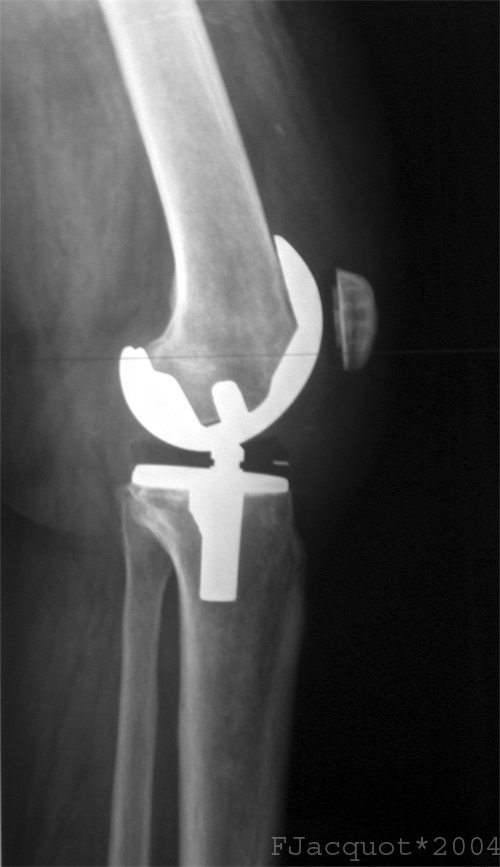A new material could save people the agonising pain of knew replacement surgery with a new biomaterial that actually encourages regrowth of degraded cartilage.
A bio-glass has been discovered that mimics the properties of cartilage, the flexible connective tissue which acts as a cushion between the bones and often wears out. Once cartilage is gone, it does not grow back and a knee replacement is the only option.
Early treatment is still important
Before now the best surgeons could do for degrading cartilage was to create scar tissue that could fix damaged cartilage, but it is not a permanent solution and simply staves off the replacement surgery.
Even with this revolutionary technique then it is essential to place the implant before the cartilage is eroded completely, because our body cannot make new connective tissue when there’s nothing left.
This strengthens the case for regular CT scans that should become a part of the healthcare system around the world. This will give early warning signs of degraded cartilage and other issues that can be tackled if they are caught in time.
3D printing is an essential part of the process
The new material can be 3D printed to the perfect shape and comes fitted with a biodegradable scaffold. The porous bioglass is essentially an implant that encourages new cartilage to grow through the pores. The scaffold degrades over time and should eventually be replaced by new cartilage that has grown around it.
Professor Julian Jones, of Imperial College London, told the Daily Mail that this is a major step forward and it help people all around the world. He said: “Patients will readily attest to the loss of mobility associated with degraded cartilage, and the lengths they will go to try and alleviate often excruciating pain.
“It is particularly good if you have got some damaged cartilage and you want to help it back to its original form. Most knee replacements are due to osteoarthritis, which is general degradation of cartilage over time. This could prevent that.”
We’ve used bioglass for decades
Bioglass is nothing new, it was discovered in the late 1960s and has proved a revelation with bone implants. Now researchers in Italy, at the University of Milano-Bicocca, have adapted it for joints by adding polycaprolactone.
This adds the degree of flexibility it needs to function in the same way as cartilage. They also worked with the structure to create an implant that could encourage existing cartilage to regrow.
The University started with test tube experiments and managed to grow cartilage in artificial conditions, before moving on to more advanced experiments.
It’s a decade away from reality
Now, the bad news. This groundbreaking technology isn’t even close to real world application. We’re looking at 10 years before this implant is available in your local hospital. When it comes, though, it won’t just be your knee that this bioglass can fix.
Back injuries are often the result of slipped or prolapsed discs and the researchers have already produced replacement discs from this bioglass. Again the current alternative is relatively barabaric and involves fusing the adjacent vertebrae, which obviously reduces the patient’s mobility. These discs can only work in the spin, though, and are not suitable for hips and knees because of the way the joints differ in their weight distribution.
Still, this is a major medical breakthrough and could, in the end, help millions of people live a better life. It’s all down to some very clever science and the art of 3D printing.



